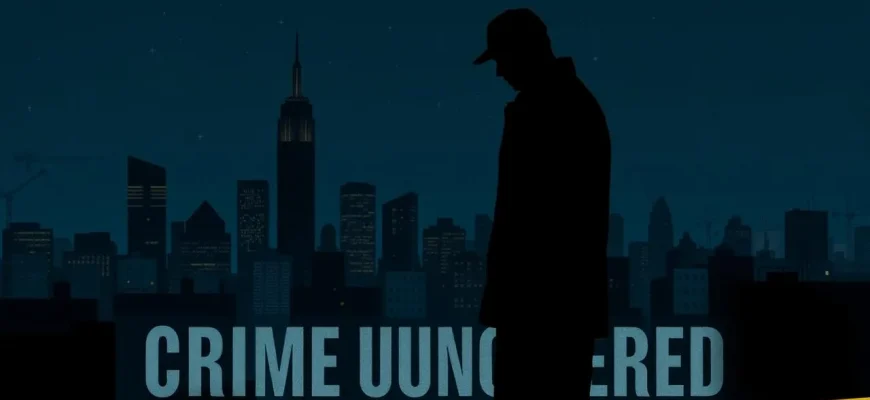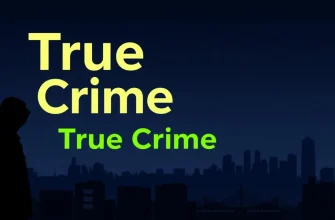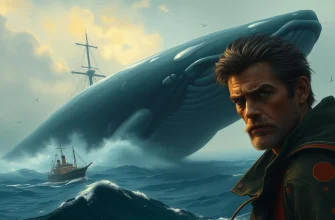Crime films have always captivated audiences with their thrilling narratives and complex characters. However, when these stories are infused with documentary elements, they offer a unique blend of reality and fiction, providing an immersive experience that feels both authentic and engaging. Here are ten films that masterfully combine the gritty world of crime with documentary techniques, giving viewers an insider's look into the criminal underworld.

The Thin Blue Line (1988)
Description: Errol Morris's groundbreaking documentary investigates the case of Randall Dale Adams, who was wrongfully convicted of murder, using reenactments and interviews to question the justice system.
Fact: The film's release led to Adams' conviction being overturned, showcasing the power of documentary filmmaking.
 Watch Now
Watch Now 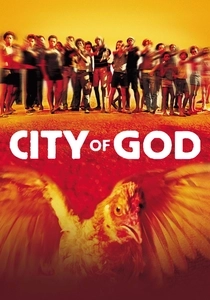
City of God (2002)
Description: This Brazilian film uses a documentary-like style to portray the rise of organized crime in the slums of Rio de Janeiro, blending real-life stories with fictional characters to create a vivid, intense narrative.
Fact: The film was shot in real locations in Rio's favelas, and many of the actors were non-professionals from those communities.
 Watch Now
Watch Now 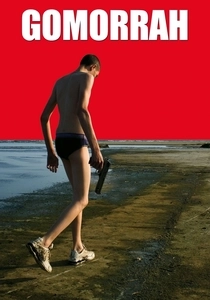
Gomorrah (2008)
Description: Based on a book by Roberto Saviano, this Italian film delves into the Camorra crime syndicate in Naples, using a documentary-like approach to show the daily life and operations of the mafia.
Fact: The film was shot in real locations, often without permits, to capture the authentic atmosphere of the criminal world.
 Watch Now
Watch Now 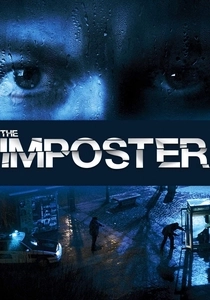
The Imposter (2012)
Description: This documentary tells the story of Frédéric Bourdin, a con artist who impersonated a missing child, using interviews and reenactments to explore the bizarre case.
Fact: The film was praised for its storytelling and was nominated for several awards, including a BAFTA.
 Watch Now
Watch Now 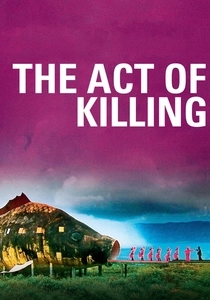
The Act of Killing (2012)
Description: This documentary film explores the Indonesian mass killings of 1965-66 through the eyes of the perpetrators, who re-enact their crimes in various cinematic styles, blurring the lines between documentary and fiction.
Fact: The film won numerous awards, including the BAFTA for Best Documentary, and was nominated for an Academy Award.
 Watch Now
Watch Now 
The Wolfpack (2015)
Description: This documentary follows six brothers who were kept in isolation by their father, using reenactments and interviews to explore their unique upbringing and their eventual escape through cinema.
Fact: The film was a Sundance hit and was praised for its intimate portrayal of the family's life.
 Watch Now
Watch Now 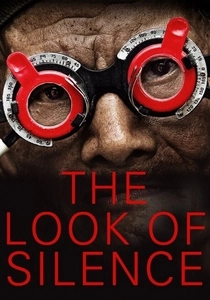
The Look of Silence (2014)
Description: A companion piece to "The Act of Killing," this documentary focuses on the survivors of the Indonesian genocide, using a blend of documentary and narrative techniques to explore themes of memory and forgiveness.
Fact: It was filmed in secret due to the sensitive nature of the subject matter.
 Watch Now
Watch Now 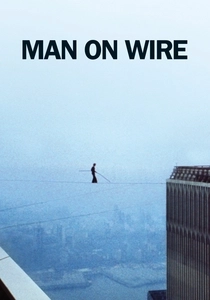
Man on Wire (2008)
Description: This documentary tells the story of Philippe Petit's high-wire walk between the Twin Towers, using reenactments and interviews to recreate the tension and thrill of the event.
Fact: The film won the Academy Award for Best Documentary Feature.
 Watch Now
Watch Now 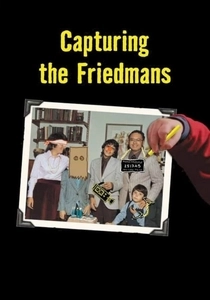
Capturing the Friedmans (2003)
Description: This documentary delves into the Friedman family's life as they face allegations of child molestation, using home videos and interviews to explore the complexities of truth and memory.
Fact: The film sparked controversy over its portrayal of the case and the ethical implications of documentary filmmaking.
 30 Days Free
30 Days Free 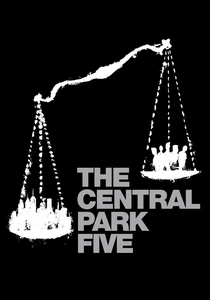
The Central Park Five (2012)
Description: Ken Burns's documentary examines the wrongful conviction of five teenagers for a crime in Central Park, using archival footage and interviews to highlight systemic failures in the justice system.
Fact: The film was praised for its thorough investigation and emotional depth.
 30 Days Free
30 Days Free 
